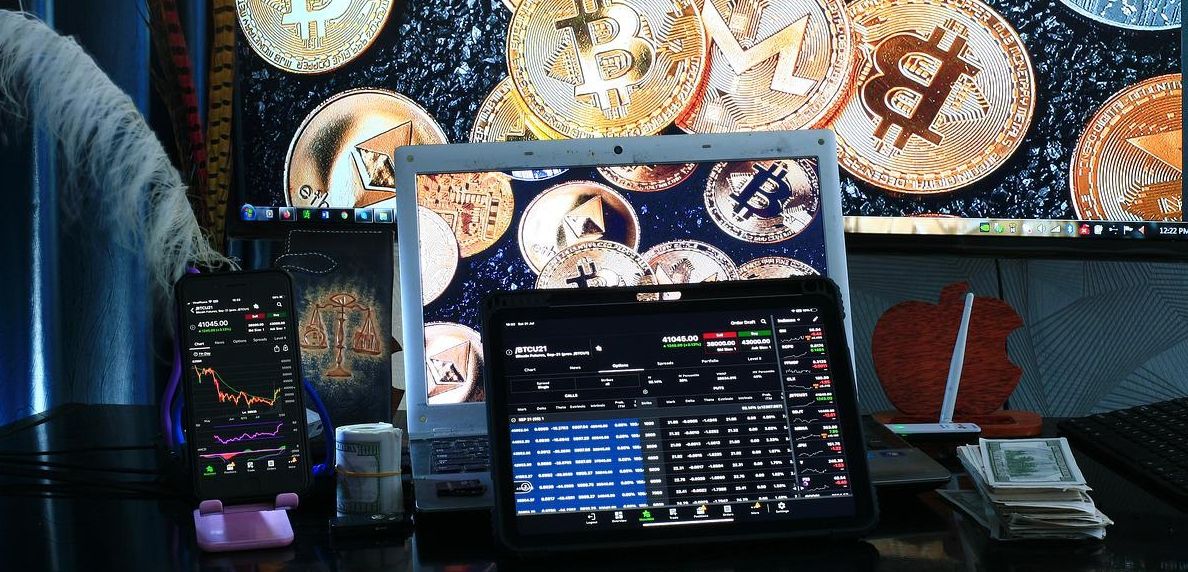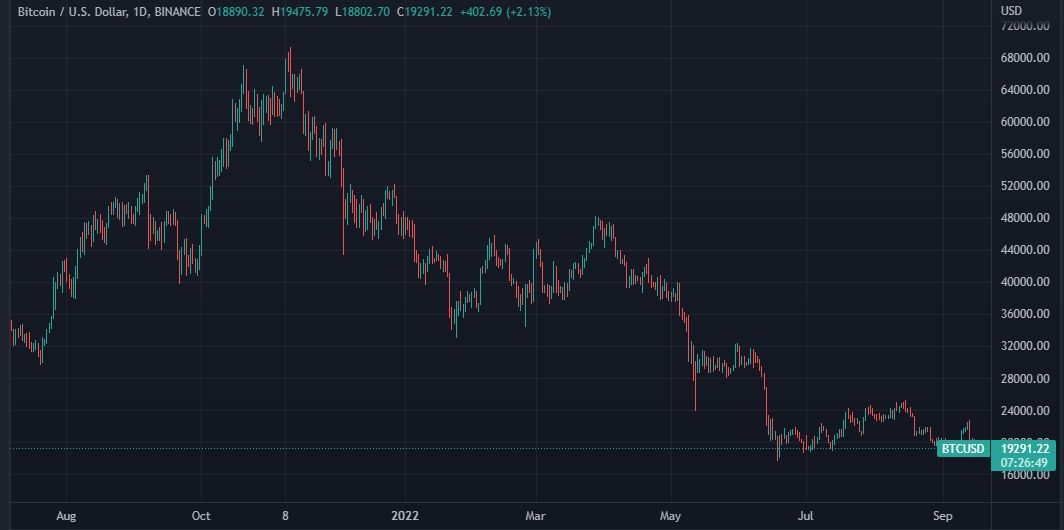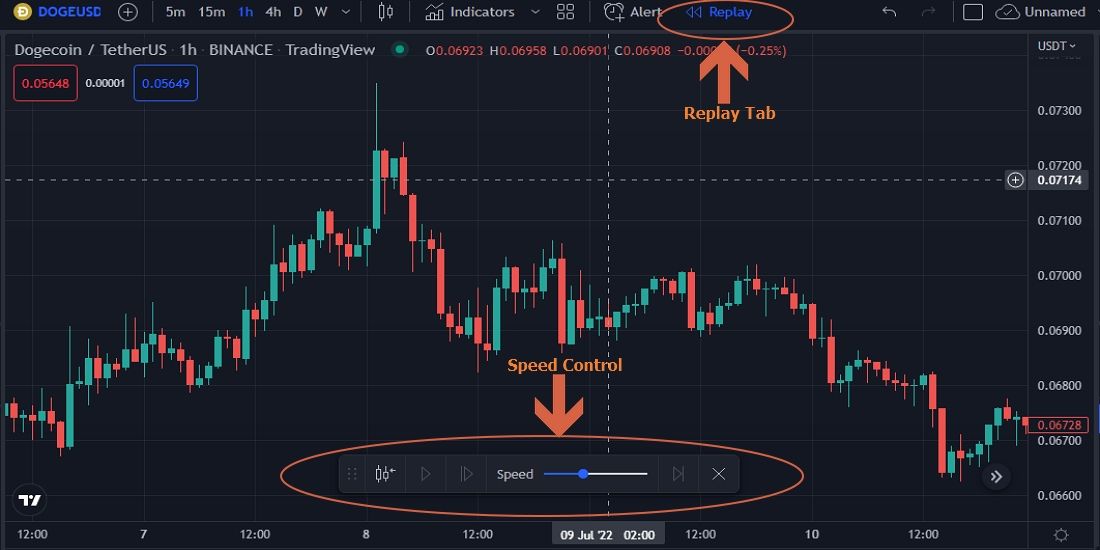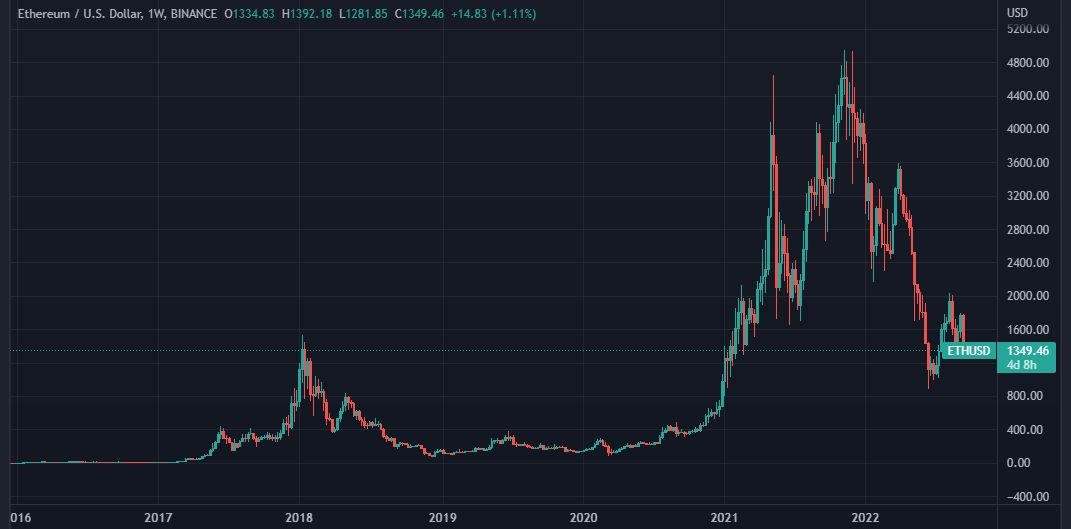How to Backtest Your Crypto Trading Strategy
Before you buy a phone, laptop or anything else, you want to be sure it works by testing it. the same practice should be carried out in commerce. You must not apply your trading strategy to the live market without testing that it works or at least having an idea of the results it can produce, which is why you must backtest it.
What is back testing?
Many new traders go through the cycle of developing a strategy that seems to be working, using it for a while, and abandoning it after losing a number of trades. They then look for other strategies and repeat the cycle. As a result, many of them give up trading because they believe that nobody in the crypto market can be consistently profitable or that crypto trading is not for them.
So instead of going through the cycle of setting one trading strategy and choosing a different one when you start losing trades, you can test your strategy with data to see how it would have performed over time without risking any money. A positive result will help you have more confidence in such a strategy.
Backtesting allows you to evaluate the potential performance of your crypto trading strategy based on historical data. The idea is that any result a strategy produces on historical data is likely to repeat itself. Therefore, a strategy that performs well by testing against historical data has a high chance of performing well in future market conditions and vice versa.
4 reasons why you should backtest your trading strategy
Below are some benefits of backtesting your trading strategy.
1. A zero-risk strategy test
You don’t have to risk your trading capital when backtesting your strategy. Instead of testing your trading strategy on a live trading account, back testing is an ideal solution.
2. Optimize your strategy
Backtesting reveals the strengths and weaknesses of your strategy. You can then use the information to customize the strategy to suit your trading needs and personality type.
3. More confidence in your trading strategy
Backtesting allows you to try different market strategies to choose the best one. Doing this will increase your confidence in your strategy, especially if it performs well on a large chunk of market data.
4. Get new ideas
As you are exposed to a lot of data through the backtesting process, you are likely to see more repeating trading patterns, making it possible to come up with new trading ideas throughout the process.
Two ways to backtest your strategy
Backtesting your crypto strategy can be done either manually or automatically.
Manual back testing
To manually test your strategy, you need to place trades on the historical data yourself. To perform manual backtesting, you need to follow the steps below.
- After opening an account with a reliable crypto exchange, open the chart setup of your desired asset.
- Backtesting requires a strategy. You also have to decide on the tools and indicators you want to use. For example, your strategy could be to trade trend rallies (either bearish or bullish) on BTCUSD on a one-hour timeframe after the price bounces off the 61.8% level using the Fibonacci retracement tool. The 61.8% Fibonacci level also needs to merge with the trendline to confirm the move.
- Now that you have a strategy, next scroll back to where you want to start the backtest. In the case of BTCUSD, you can start as early as 2013. You can then trend on the one-hour chart to see the possibility of a trend continuation past a retracement that meets your specified requirements.
- If you see a relevant setup, you should use the tools and indicators you want to test on the chart. In this case the Fibonacci retracement tool and trend line. Then plot the chart as you would have done if you were trading the move as it originally happened. Then move your chart from candlestick to candlestick to see the result. The idea is to slowly move the chart forward to see the outcome of the trade and then document the outcome.
- As you write down the result, you can keep scrolling to get new setups, use your trading tools to analyze them and move on to see what happened. Repeat this process until you’ve gone through a lot of data. Some platforms like TradingView allow you to play and pause the historical data automatically so you don’t have to scroll yourself. You can also control the playback speed on the chart. This is available to the Pro, Pro+, and Premium users of the platform.
Manual backtesting can help you master the bad trading psychology a bit as you will be emotionally involved to some degree. The method also requires no programming knowledge.
On the other hand, manual backtesting is time-consuming as you have to analyze a lot of historical data to get your results. It’s also easy to make mistakes when tracking your past data or the results. Manual backtesting also becomes more tedious when trying to evaluate multiple time periods.
Automated back testing
This backtesting method helps you use technology to test that your strategy is working, typically using coding to streamline the process. This allows you to test your strategies conveniently and quickly over a long period of time. You can then use the generated data to determine if your strategy is appropriate and what needs to be adjusted.
Automated backtesting works just like manual backtesting. You also need to choose a time frame, your trading assets and the strategy to be tested. The main difference is that you don’t have to set up every process, write down every order and calculate profit and loss yourself – everything is done automatically.
The biggest challenge with automated backtesting is that you may need to know how to code, or at least have easy access to coding experts.
Disadvantages of backtesting your strategy
While testing your crypto trading strategy is always useful, there are some downsides.
Success in the past does not guarantee future results
Adjusting and refining your strategy based on historical data results can reduce its effectiveness. Market conditions are constantly changing. Therefore, a strategy that has worked well in the past may not work well in the future. It is also possible that the historical data you are using is characterized by many adverse market events, negative and positive sentiments, etc.
For example, market conditions during the 2020 pandemic lockdown may not represent regular market conditions and results obtained from such data may not be a good representation of market conditions going forward.
The crypto market is still new
The crypto market is relatively new and some tokens don’t have enough data to test your strategy. For example, consider Shiba Inu; You can only access charts and data from late 2020, which may not be enough to infer a defined pattern.
The crypto market is also young and volatile, making it difficult to spot specific patterns like in the forex and stock markets. Bitcoin’s price still influences the price of many other cryptocurrencies to a large extent.
3 Key Crypto Backtesting Tips
The following tips will be helpful when testing your strategy.
1. Don’t be picky about dates
Make sure you’re using random sets of data, not just sets that seem to favor your strategy. You shouldn’t cheat yourself by only using past data that makes your strategies look good. This practice will only fail you if you use real-time data.
2. Be thorough
There is no need to rush. Being thorough will help you spot errors that causal backtesting may have missed. Don’t leave a stone unturned. To be thorough, you need to use as much data as possible to see how your strategy is performing in different market situations.
3. You will never have a perfect strategy
All strategies have their flaws or times when they experience bad luck. All you want to make sure is that whatever trading style you use is profitable over the long term and will produce the desired result. You also need to employ some risk management practices to achieve this.
Choosing your backtesting style
Backtesting can help your crypto trading strategy if done properly. When determining what is better between manual and automated backtesting, you need to consider several factors such as: B. how much time you have for backtesting, your personality, etc.
Manual backtesting can be very time consuming and can also lead to errors. On the other hand, automated backtesting is less cumbersome but requires the technical know-how to create it or access to experts who can create the necessary software. Nevertheless, the two types of backtesting have proven themselves in many financial markets.
The information on this website does not constitute financial advice, investment advice or trading advice and should not be relied upon as such. MakeUseOf does not provide trading or investment advice and does not recommend buying or selling any particular cryptocurrency. Always conduct your own due diligence and consult a licensed financial advisor for investment advice.



